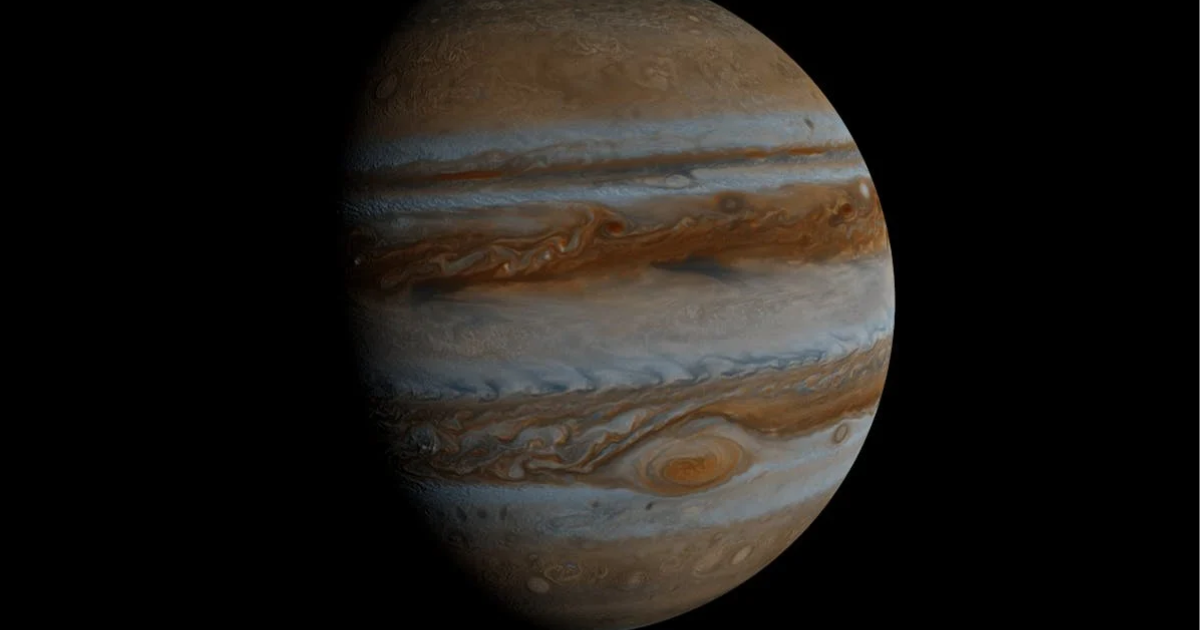
If you asked a random person to name something that they know about the planet Jupiter, almost everyone would say one of two things.
First, that it is the largest planet in the solar system, or second, that it has a giant red spot on it. While the first is undeniably true, the second might only have been true in relatively recent years.
The first known reports of Jupiter’s red spot come from Giovanni Cassini who used a telescope to identify what he called a Permanent Spot on Jupiter, back in the 1660s.
It was likely reported again in 1832 by other scientists who used the best telescopes of their day. These scientists found that the spot on Jupiter rotated with the planet, which is why it is only visible from Earth for about five hours per day.
Based on the fact that modern telescopes can clearly see the spot, and these sightings from hundreds of years ago saw them, many assumed that the spot is as old as the planet.
From 1713 until around 1831, however, astronomers who studied the giant planet made no mention of the giant red spot. We do know that the red spot grows and shrinks over time.
This could mean that the spot was simply at a historic small size, and was too small for the telescopes of that time to see.
New research, however, suggests that Jupiter’s spot that we see today is only 193 years old. The study suggests that the spot we see today is an entirely different one than would have been observed in the 1600s.
While further research is undoubtedly needed, this new theory goes against what many have believed for a long time.
You can see the red spot growing and shrinking in a video released by NASA blow:
Whatever it is, Jupiter’s red spot has been fascinating scientists for generations.
And it doesn’t seem like it’s going to quit any time soon.
If you thought that was interesting, you might like to read about a second giant hole has opened up on the sun’s surface. Here’s what it means.